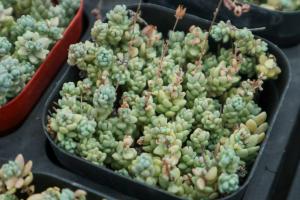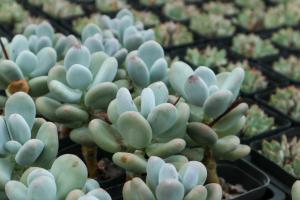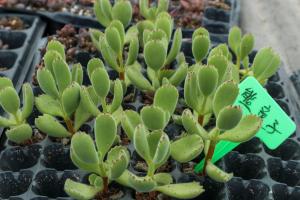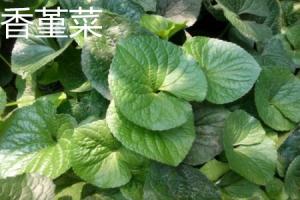Introduction
Tomatoes are one of the most popular vegetables grown in home gardens. They are delicious, versatile, and packed with nutrients. However, as the plants grow and mature, they can become unruly and require regular maintenance to keep them healthy and productive. One common question among tomato growers is whether or not they need to cut back their tomato plants. In this article, we will explore the benefits and drawbacks of cutting back tomato plants, as well as provide tips on when and how to do it.
Why Cut Back Tomato Plants?
Cutting back tomato plants can serve several purposes. First, it can help promote better air circulation and reduce the risk of diseases such as blight and fungal infections. By removing some of the excess foliage, the plants are better able to breathe and absorb sunlight. This can also lead to larger and healthier fruit.
Secondly, cutting back tomato plants can help control their size and shape. Indeterminate varieties, in particular, can grow very tall and sprawling if left unattended. This can make them difficult to manage and harvest. By cutting back some of the branches and leaves, you can encourage the plant to focus its energy on developing larger and tastier fruit.
Finally, cutting back tomato plants can also improve their appearance. A well-pruned tomato plant not only looks neater and more attractive, but it can also make gardening easier and more enjoyable.
When to Cut Back Tomato Plants?
The best time to cut back tomato plants is in the early to mid-summer, before they become too large and unwieldy. This is usually around the time when the plants start to develop their first set of fruit. At this stage, it is easy to identify which branches are the strongest and healthiest, and which ones are not contributing much to the plant's overall growth.
It is important to note that cutting back tomato plants too early or too late in the season can have negative effects on their health and productivity. If done too early, it can stunt the plants' growth and delay the ripening of the fruit. If done too late, it can be stressful for the plants and cause them to focus on growing foliage instead of fruit.
How to Cut Back Tomato Plants?
When cutting back tomato plants, it is important to use clean and sharp pruning shears to avoid damaging the plant. Start by removing any yellow or brown leaves, as well as any branches that are wilted or damaged. Then, look for branches that are growing too close together or are crossing over each other. These can rub against each other and create wounds that attract pests and diseases.
Next, identify the main stem of the plant and remove any branches that are growing below the first fruit cluster. This will allow the plant to funnel its energy into the fruiting branches instead of the vegetative ones. Finally, remove any side shoots that are growing in the axils of the leaves. These can divert resources away from the main stem and reduce the size and quality of the fruit.
It is important not to remove too much foliage or branches at once, as this can stress the plants and reduce their productivity. Aim to remove no more than 25% of the plant's total foliage at one time.
Conclusion
Cutting back tomato plants can be a valuable tool for maintaining their health and productivity. By promoting better air circulation, controlling their size and shape, and improving their appearance, you can enjoy a bountiful harvest of delicious and healthy tomatoes. As with any gardening technique, it is important to know when and how to cut back the plants to ensure optimal results. With these tips and guidelines, you can become a pro at pruning your tomato plants and enjoy a successful and rewarding gardening experience.

 how many times do yo...
how many times do yo... how many planted tre...
how many planted tre... how many pine trees ...
how many pine trees ... how many pecan trees...
how many pecan trees... how many plants comp...
how many plants comp... how many plants can ...
how many plants can ... how many plants and ...
how many plants and ... how many pepper plan...
how many pepper plan...






























